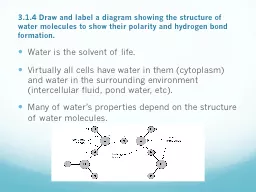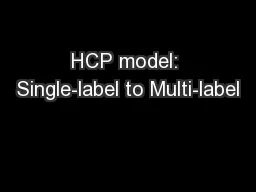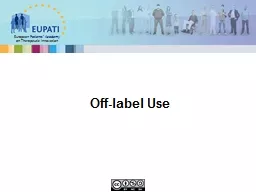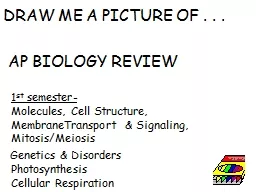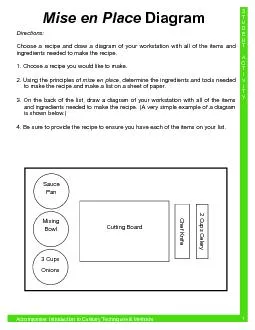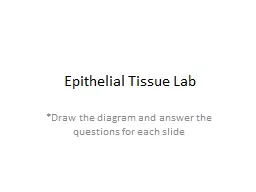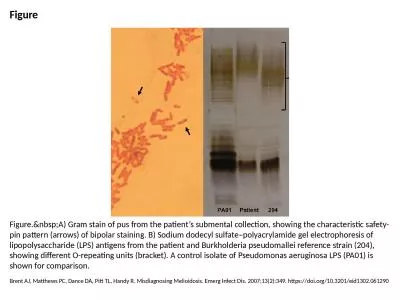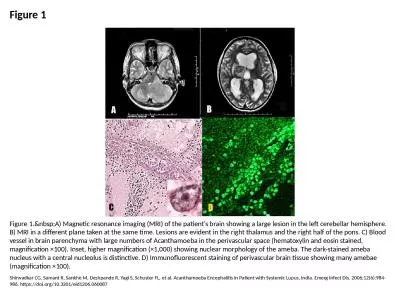PPT-3.1.4 Draw and label a diagram showing the structure of wat
Author : tatiana-dople | Published Date : 2016-07-12
Water is the solvent of life Virtually all cells have water in them cytoplasm and water in the surrounding environment intercellular fluid pond water etc Many of
Presentation Embed Code
Download Presentation
Download Presentation The PPT/PDF document "3.1.4 Draw and label a diagram showing t..." is the property of its rightful owner. Permission is granted to download and print the materials on this website for personal, non-commercial use only, and to display it on your personal computer provided you do not modify the materials and that you retain all copyright notices contained in the materials. By downloading content from our website, you accept the terms of this agreement.
3.1.4 Draw and label a diagram showing the structure of wat: Transcript
Download Rules Of Document
"3.1.4 Draw and label a diagram showing the structure of wat"The content belongs to its owner. You may download and print it for personal use, without modification, and keep all copyright notices. By downloading, you agree to these terms.
Related Documents

